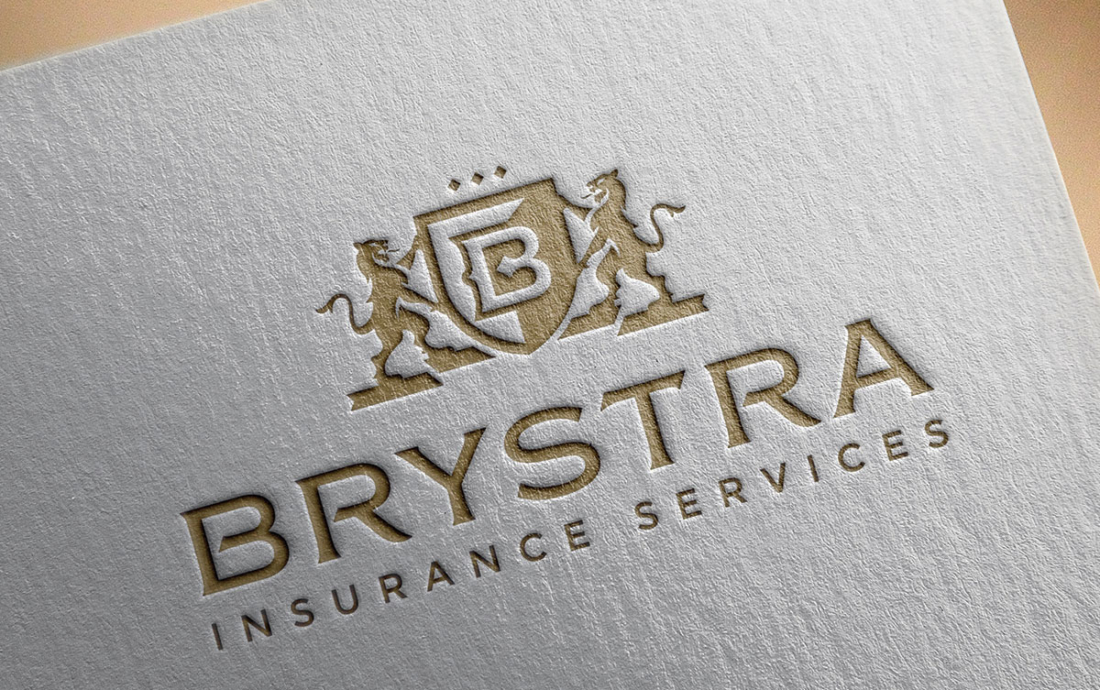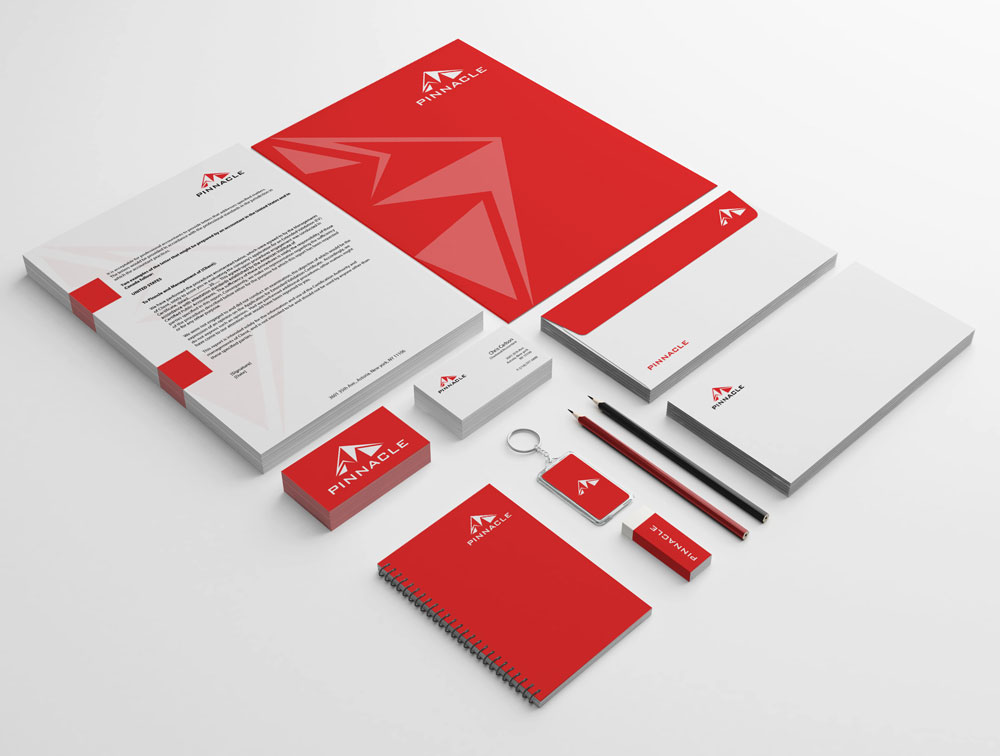Spellbrand Blog
Logo Design Psychology: How Colors, Shapes, and Typography Influence Perception
Your logo is more than a pretty picture—it’s a psychological trigger that shapes how people perceive your brand in milliseconds. Understanding the psychology behind design choices can mean the difference between a logo that converts and one that confuses.
After designing 2000+ logos across every industry imaginable, I’ve seen how subtle design decisions dramatically impact business outcomes. Let me share the psychological principles that make logos work.
Why Logo Psychology Matters
The human brain processes images 60,000 times faster than text. Within 50 milliseconds, viewers form an opinion about your brand based solely on visual cues.
Logo psychology influences:
- First impressions and brand recall
- Emotional connections with your brand
- Purchase decisions and price tolerance
- Trust and credibility perceptions
- Brand personality and differentiation
Understanding these psychological triggers allows you to design logos that don’t just look good—they work strategically to achieve business goals.
The Psychology of Color in Logo Design
Color is the most powerful psychological element in logo design. Different colors trigger different emotional and behavioral responses.
Red: Energy, Passion, Urgency
Psychological effects:
- Increases heart rate and creates urgency
- Stimulates appetite
- Conveys boldness and confidence
- Demands attention
Best for: Food & beverage, entertainment, sports, retail, clearance sales Examples: Coca-Cola, Netflix, Target, Red Bull
When to avoid: Healthcare, financial services, environmental brands
Blue: Trust, Stability, Professionalism
Psychological effects:
- Most universally liked color
- Reduces stress and creates calm
- Suggests reliability and security
- Conveys intelligence and logic
Best for: Technology, finance, healthcare, corporate, B2B Examples: Facebook, IBM, PayPal, LinkedIn
When to avoid: Food brands (suppresses appetite), luxury fashion
Yellow: Optimism, Creativity, Warmth
Psychological effects:
- Triggers happiness and positivity
- Stimulates mental activity
- Creates sense of warmth
- Grabs attention quickly
Best for: Children’s brands, creative services, food, energy/solar Examples: McDonald’s, IKEA, Snapchat, National Geographic
When to avoid: Luxury brands, serious B2B, healthcare
Green: Growth, Health, Sustainability
Psychological effects:
- Associated with nature and harmony
- Suggests health and wellness
- Implies environmental responsibility
- Creates sense of balance
Best for: Organic/natural products, health/wellness, environmental, financial (money) Examples: Whole Foods, Starbucks, John Deere, BP
When to avoid: Tech startups (can feel too earthy), entertainment
Orange: Friendliness, Energy, Affordability
Psychological effects:
- Combines red’s energy with yellow’s friendliness
- Suggests enthusiasm and excitement
- Implies good value
- Creates sense of adventure
Best for: Fun brands, technology, food, sports, retail Examples: Amazon, Fanta, Nickelodeon, Harley-Davidson
When to avoid: Luxury brands, serious professional services
Purple: Luxury, Creativity, Spirituality
Psychological effects:
- Historically associated with royalty
- Suggests sophistication and elegance
- Conveys creativity and imagination
- Appeals to feminine audiences
Best for: Luxury brands, beauty, creative services, spiritual/wellness Examples: Hallmark, Cadbury, Yahoo, Twitch
When to avoid: Masculine products, discount brands, corporate/conservative
Black: Sophistication, Power, Luxury
Psychological effects:
- Conveys elegance and exclusivity
- Suggests power and authority
- Creates modern, minimalist feel
- Implies premium quality
Best for: Luxury fashion, technology, automotive, high-end services Examples: Chanel, Nike, Prada, Apple (in marketing)
When to avoid: Children’s brands, health food, budget brands
White: Simplicity, Purity, Modernity
Psychological effects:
- Suggests cleanliness and simplicity
- Creates sense of space and minimalism
- Implies honesty and innocence
- Modern and fresh
Best for: Healthcare, technology, minimalist brands, luxury Examples: Apple, Tesla, Adidas
When to avoid: As standalone (needs contrast), traditional/heritage brands
The Psychology of Shapes in Logo Design
Shape psychology is equally powerful but often overlooked. Geometric forms trigger subconscious associations.
For a comprehensive deep-dive into shape psychology, see our guide on the psychology of logo shapes.
Circles, Ovals, and Curves
Psychological associations:
- Community, unity, relationships
- Femininity and softness
- Wholeness and infinity
- Protection and safety
- Continuity and movement
Emotional response: Friendly, warm, comforting, inclusive
Best for: Community-focused brands, relationship services, inclusive brands Examples: Olympics, Pepsi, Target, Starbucks
Squares and Rectangles
Psychological associations:
- Stability and reliability
- Professionalism and efficiency
- Strength and security
- Balance and proportion
- Tradition and conformity
Emotional response: Trustworthy, solid, dependable, grounded
Best for: Banks, insurance, real estate, construction, B2B Examples: Microsoft, LinkedIn, American Express
Triangles
Psychological associations:
- Direction and movement
- Power and hierarchy
- Innovation and progress
- Energy and dynamism
- Masculinity and aggression (when pointing up)
Emotional response: Energetic, dynamic, forward-thinking
Best for: Technology, sports, automotive, finance, energy Examples: Adidas, Delta, Mitsubishi, Reebok
Horizontal Lines
Psychological associations:
- Tranquility and calm
- Stability and permanence
- Community and unity
- Landscape and horizon
Emotional response: Peaceful, stable, grounded
Best for: Wellness, hospitality, real estate, financial planning Examples: IBM, Intel, Cisco
Vertical Lines
Psychological associations:
- Strength and masculinity
- Aggression and courage
- Sophistication and elegance
- Growth and aspiration
Emotional response: Powerful, ambitious, sophisticated
Best for: Luxury brands, corporate, fashion, finance Examples: Prada, Chanel, Gucci
Organic/Abstract Shapes
Psychological associations:
- Creativity and uniqueness
- Innovation and originality
- Nature and authenticity
- Flexibility and adaptability
Emotional response: Creative, distinctive, memorable
Best for: Creative agencies, startups, natural products, arts Examples: Pepsi, Twitter, Airbnb
The Psychology of Typography in Logo Design
Typography communicates personality and values before anyone reads a single word.
Serif Fonts
Psychological associations:
- Traditional and established
- Trustworthy and respectable
- Authoritative and formal
- Heritage and legacy
Personality: Classic, refined, credible, conservative
Best for: Law firms, financial institutions, newspapers, luxury brands, education Examples: Rolex, Times New Roman publications, Tiffany & Co.
Sans-Serif Fonts
Psychological associations:
- Modern and contemporary
- Clean and straightforward
- Approachable and honest
- Efficient and objective
Personality: Modern, simple, direct, accessible
Best for: Technology, startups, contemporary brands, minimalist brands Examples: Google, Facebook, Netflix, Spotify
Script/Handwritten Fonts
Psychological associations:
- Elegant and sophisticated
- Creative and artistic
- Personal and intimate
- Feminine and delicate
Personality: Elegant, creative, personal, luxurious
Best for: Beauty, wedding services, luxury goods, creative services, fashion Examples: Coca-Cola, Cadillac, Barbie, Instagram (original)
Display/Decorative Fonts
Psychological associations:
- Unique and distinctive
- Creative and unconventional
- Fun and playful
- Specific and specialized
Personality: Bold, unique, memorable, character-driven
Best for: Entertainment, children’s brands, food & beverage, creative industries Examples: Disney, Toys “R” Us, Lego
Bold/Heavy Fonts
Psychological associations:
- Strong and powerful
- Confident and assertive
- Stable and reliable
- Masculine and bold
Personality: Confident, strong, impactful, commanding
Best for: Sports, automotive, construction, security, fitness Examples: ESPN, Monster Energy, Caterpillar
Combining Color, Shape, and Typography
The magic happens when these elements work together harmoniously:
Ruler archetype Formula
- Colors: Black, gold, white, deep purples
- Shapes: Symmetrical, refined, minimal
- Typography: Serif or elegant script
- Example: Chanel, Tiffany & Co., Rolex
Tech/Innovation Formula
- Colors: Blue, white, gray, bright accents
- Shapes: Geometric, clean, forward-leaning
- Typography: Sans-serif, modern, clean
- Example: Apple, Google, Microsoft
Eco/Natural Formula
- Colors: Green, brown, earth tones, white
- Shapes: Organic, rounded, leaf motifs
- Typography: Rounded sans-serif or organic
- Example: Whole Foods, Patagonia, The Body Shop
Energy/Sports Formula
- Colors: Red, orange, black, bold contrasts
- Shapes: Angular, dynamic, directional
- Typography: Bold, italicized, active
- Example: Nike, Gatorade, Red Bull
Cultural Considerations in Logo Psychology
Psychology isn’t universal—cultural context matters:
Color Meanings Vary by Culture
- Red: Luck and prosperity (China), danger (Western), purity (India)
- White: Purity (Western), mourning (Eastern)
- Yellow: Happiness (Western), sacred (India), courage (Japan)
- Green: Nature (global), Islam (Middle East), infidelity (China)
Shape Interpretations Differ
- Certain shapes have religious significance
- Geometric precision valued differently across cultures
- Organic vs. structured preferences vary
Always research your target markets before finalizing international branding.
Practical Application: Logo Psychology Checklist
When designing or evaluating a logo:
- ✅ Does the color align with your industry and values?
- ✅ Does the shape support your brand personality?
- ✅ Does the typography match your positioning?
- ✅ Are all elements working together harmoniously?
- ✅ Does it trigger the desired emotional response?
- ✅ Is it appropriate for your target audience?
- ✅ Does it differentiate from competitors?
- ✅ Will it work across all applications?
- ✅ Is it culturally appropriate for all markets?
- ✅ Does it have staying power beyond current trends?
Common Logo Psychology Mistakes
1. Following Trends Over Strategy
Design trends fade. Psychological principles are timeless.
2. Ignoring Industry Context
Using playful colors for serious industries (or vice versa) creates cognitive dissonance.
3. Too Many Psychological Messages
Trying to communicate everything communicates nothing clearly.
4. Copying Competitor Psychology
If everyone in your category uses blue, maybe that’s your opportunity to stand out.
5. Personal Preference Over Audience Psychology
Design for your audience’s psychology, not your own taste.
Testing Logo Psychology
Before finalizing:
1. First Impression Test
Show the logo for 5 seconds. What emotions and words come to mind?
2. Association Test
What brands/industries does it remind people of?
3. Adjective Test
Ask viewers to choose 3-5 adjectives that describe the brand based on the logo alone.
4. Target Audience Test
Show it to actual target customers and measure their responses.
5. Context Test
View the logo in various applications and environments to ensure psychological impact holds.
The Science Behind the Art
Effective logo design isn’t guesswork—it’s applied psychology. By understanding how colors, shapes, and typography influence perception, you can create logos that:
- Make powerful first impressions
- Build emotional connections
- Differentiate from competitors
- Support business objectives
- Stand the test of time
Ready to Create a Psychologically Powerful Logo?
Understanding logo psychology is just the beginning. Applying it strategically requires experience, insight, and creative excellence.
At Spellbrand, we’ve spent 25+ years mastering the psychology of effective logo design. We combine scientific understanding with creative intuition to create logos that don’t just look beautiful—they work strategically to build your brand.
Let’s create a logo that works: Contact our design team to discuss your logo project.

Mash Bonigala
Creative Director & Brand Strategist
With 25+ years of building brands all around the world, Mash brings a keen insight and strategic thought process to the science of brand building. He has created brand strategies and competitive positioning stories that translate into powerful and stunning visual identities for all sizes of companies.
Featured Work
See Our Work in Action
Real brands, real results. Explore how we've helped businesses transform their identity.
Client Love
What Our Clients Say
Don't just take our word for it. Hear from the brands we've worked with.
Christian Nocera
Dapper Yankee
"Delighted to have used Spellbrand for our last project. The work was thorough and results excellent. For me it was such a pleasure to work with Mash who was able to keep up with all my last minute requests for small changes. Nothing was too much of a problem and I would have to say that its great to work with people who do actually put the customer needs first! One thing saying it, its another thing doing it – Thanks Mash!"
Jenny Richard
Woods Of Fairfax
"Working with the team at Spellbrand has been fantastic! I spent time researching companies that would help me build brands for each asset that are all in different locations and more specifically build a brand that could help tell each of their unique stories. Spellbrand did just that. The process was easy. To provide them with my initial thoughts through a nicely-outlined input form they sent to me and they took that information and created a number of awesome designs. I was able to incorporate "the story" easily with a design we selected. I'm excited to get it into action and see what's in store for the next project. Also, each person I worked with has been super responsive, knowledgeable, and awesome to work with! Kudos to Mash, Mike, and Eva! I really enjoy working with you!"
Related Services You Might Love
Based on what you just read, here are services that can help you achieve similar results for your brand.
Keep Reading
Related Articles
Jan 25, 2025
Color Psychology in Logo Design: The Science of Brand Color Strategy
Master the psychology of color in logo design. Learn which colors build trust, inspire action, and create lasting brand recognition based on 25 years of brand development expertise.
Read More
Dec 8, 2025
How to Write a Powerful Brand Positioning Statement: Template and Examples
Learn how to craft a compelling brand positioning statement that clarifies your market position, guides your marketing decisions, and helps your team stay aligned. Includes templates, examples, and step-by-step process.
Read More
Nov 25, 2025
Coping with Branding Failure: How to Recover and Rebuild Your Brand
Brand failure happens to even the most successful companies. Learn how to identify the warning signs, recover from branding mistakes, and rebuild a stronger brand identity that resonates with your audience.
Read More

